Cultural Disaggregation
A new type of vibe shift has been slowly overtaking the West. People have increasingly felt it as the facade of partisanship has for the first time slipped in the climaxing years of the post-Covid turbo-crisis era.
We’ve entered a Lost Era, one as an uncannily soupy divergence of metaphysics. Political and cultural spectrums have shifted as the poles once giving us anchor and balance have reoriented into an accelerated singularity where truth, and even epistemology itself, have become expendable tokens of a new kind of currency.
It seems an odd thing to be happening at a time when division and social fractures are otherwise in full bloom. In a ‘post-truth era’, where ideology has become the only fungible currency of interrelations, it is outright batty to suggest the well-charted fault lines have suddenly started to disappear. But events have splayed so rapidly that alliances on all sides must be re-imagined and reconfigured to suit a budding future.
Though to some extents it had already been effervescing beneath the surface, one of the key pivot points which caused the new realities to tangibly erupt was the circumstance of October 7 in Israel. Once the dust had settled, age-old political alliances were put to the test as people quickly found themselves on the same sidelines as what they deemed to be genocide supporters, in the case of pro-Palestinians, or terror-supporters in the case of pro-Israelis. Those of the alt-right who had fought bitterly against the progressive loony troupe known as ‘The Squad’—the three radical leftist girlbosses of Ilhan Omar, Rashida Talib, and AOC—were stunned to find themselves in ideological accord with them.
Likewise, many were revolted to learn the true depths of depravity their own previously-beloved echt ‘Conservative heroes’ had succumbed to in their gutless subservience to Israel. And of course, those on the left classically accustomed to championing the underprivileged and down-trodden, found themselves standing shoulder to shoulder with their own callous, ethnic-cleansing-sponsoring party. In short, it had opened up a whole paradigm-breaking can of worms that can never be lidded again.
There are many other recent examples; people from both sides beginning to take on an increasingly anti-Big Tech censorship slant, particularly now that Leftists have gotten a sip of their own medicine via Musk’s X. Similarly, both have become increasingly suspicious and critical of large corporations in general, though, again—for differing reasons. Likewise both are increasingly weary of the U.S.’ Empire’s forever wars in the Middle East and beyond. And though it hasn’t reached critical mass just yet, many on the Left have even begun questioning many of the ‘Blue city’ policies enacted by radical Leftist regimes like that of Gavin Newsome or the mayors of Chicago, New York, etc.
Tyler Cowen, whom Max Read called “a libertarian whose writing and podcast are widely consumed in the Valley, [and] is something like the respectable house intellectual for right-wing capital in Silicon Valley”, recently touched on this:

Cultural ‘icons’ like 50 Cent and Amber Rose have switched to the Republican Party, and people are in general becoming less afraid of being silenced by the pressures of public censure or the declining threat of ‘cancellation’:



It’s been compounded by the general cultural malaise and disenfranchisement borne by Gen Z, increasingly decoupled from any centralized ideological loci. Ever since the advent of the Covid era, things have gotten really weird, and writers have desperately tried to bottle the perplexing ‘vibe shift’ taking root, one oft-described as a sense of disintegration—a burgeoning era with no ‘center of gravity’ or defining ethos.
One of the reasons for that likely has to do with Gen Z’s paradoxical disconnectedness; for being the most digitally-connected and tech-savvy generation, they have a distinct knack for impersonality, reclusion, and a growing aversion to social media—precisely where all previous eras’ ‘vibes’ had germinated. In what has been dubbed the ‘post-chronology’ times, these days feel increasingly dislocated, like the fibers connecting us to a sense of historical permanence are fraying, dislodging our sense of reality in the process.
Fourth Turning
One potent way of understanding the ongoing temporal dislocation is via the ‘generational theory’ proposed by William Strauss and Neil Howe, more commonly associated with the ‘Fourth Turning’ concept, which happens to be just one of the stages of the cycles the theory describes.
The theory posits that Western societies cycle through four different 21 to 25-year long periods, which correspond roughly to a “social generation”. Such social generations are bound by historical events which shape the mutual understanding of their cohort, and the point at which one shifts into the next is called a ‘turning’.
The first of the four cycles is called the High, which is a golden period of euphoria that succeeds a crisis of some sort. The post-war period starting around 1945 was the most recent ‘High’ period, which lasted until the late ‘60s.
The next period is the Awakening, characterized in this case by the social upheavals of the ‘60s and ‘70s—Civil Rights, liberation movements, anti-war ‘consciousness’ generation and hippies, etc.
According to the theory, the second turning is an awakening. This is an era when institutions are attacked in the name of personal and spiritual autonomy. Just when society is reaching its high tide of public progress, people suddenly tire of social discipline and want to recapture a sense of "self-awareness", "spirituality" and "personal authenticity". Young activists look back at the previous High as an era of cultural and spiritual poverty (ed: or decadence?).
Strauss and Howe say the U.S.'s most recent awakening was the "consciousness revolution", which spanned from the campus and inner-city revolts of the mid-1960s to the tax revolts of the early 1980s.
That lasted until the mid to late ‘80s, leading to the next period, one of instability, called the Unraveling:
According to Strauss and Howe, the third turning is an unraveling. The mood of this era they say is in many ways the opposite of a high: Institutions are weak and distrusted, while individualism is strong and flourishing. The authors say highs come after crises when society wants to coalesce and build and avoid the death and destruction of the previous crisis. Unravelings come after awakenings when society wants to atomize and enjoy. They say the most recent unraveling in the US began in the 1980s and includes the long boom and culture war.
On the surface, it doesn’t appear to fit this particular period too well, as the ‘90s were a strong boom period. But there’s truth to the slow corruption of institutions, particularly given that it was in the ‘90s and following aughts that the U.S. government had slowly become totally captured by the growing neocon deepstate and monopoly corporations of the fledgling Big Tech era. Since this era is said to have lasted until around 2010 or so, it provided apt setup for the next and final period of total dissolution—called the Crisis stage:
According to the authors, the fourth turning is a crisis. This is an era of destruction, often involving war or revolution, in which institutional life is destroyed and rebuilt in response to a perceived threat to the nation's survival. After the crisis, civic authority revives, cultural expression redirects toward community purpose, and people begin to locate themselves as members of a larger group.
According to the 21-25 year rule, the Crisis period is set to take us to roughly 2030, or thereabouts. That means we are now entering the final climactic stretch of it, which nearly always culminates either in a war of some kind, or revolution.
The years aren’t exact, and the theory goes that the previous Fourth Turning had begun with the Wall Street crash of 1929, as you might guess, reaching its zenith with WWII. That would mean the previous cycle as a whole had started with a High period following the American Civil War in the 1860s, just like the recent High ensued post-WWII. By 1886 or so, it would have transitioned into the Awakening, which—just like the modern counterpart of the social upheaval ‘60s—featured not only the Second Industrial Revolution, but all its concomitant social and labor battles; from unionization and labor rights, suffrage, religious revivals like the Third Great Awakening, not to mention the Gilded Age, Gay Nineties, and Progressive Era.
By ~1907 or so, we enter the Unraveling—a period of great unrest, political corruption, further social upheavals resulting from mass urbanization and unprecedented immigration. The period saw WWI as precursor to the even greater “crises” to come in the form of the Great Depression and WWII, which capped the final Crisis period some 20-some-odd years later. Interestingly, you can keep winding back the clock to test the 80-year generational cycle, and it works for the previous era as well: the post-1776 Revolution as High, early 1800s as the Awakening that saw the First Industrial Revolution, the Unraveling from the 1820s to 1840s or so, characterized by the heightening of Abolitionism tensions, which ultimately led to the Crisis era’s Civil War in 1861.
This is one useful framework with which to analyze the events and societal ‘mood’ of today and our ongoing decade in general. Another fascinating aspect is the similarity to the four cycles, often repeated in memes: hard times create strong men; strong men create good times; good times create weak men; weak men create hard times:
In the Fourth Turning model, the Crisis of the last era creates a generation of strong men, for example the so-called Baby Boomers of the post-war era. Living the good life, this generation goes on to birth indulgent offspring, which characterize the second Awakening period. They become hippies, mystics, and would-be revolutionaries bent on overthrowing social norms, like the counter-culture misfits of the ‘60s and ‘70s.
But their lack of discipline and morals engenders the third cycle, as their children beget the Unraveling period, where institutions are weak and social mores decaying. This naturally springs us into the Crisis period which we currently inhabit, wherein everything becomes a frenetic and often nihilistic goulash of path-divergences, as the desperate populace finally grasps that nothing is working, the system is terminally failing, and all previous paradigms are defunct and of no further use.
This explains why the current vibe shift of our Fourth Turning period feels like a total metaphysical dissolution, where people have diverged so far and wide that they occupy conflicting realities. This is the final mad scramble toward something to anchor us, toward a truth in an age that, at this point, feels like an artificial simulacrum.
Interestingly, this methodology seems to suggest that it may not be the current, much-talked-about Gen Z which sparks the next revolution or grand shift, but rather the new Gen Alpha, born around 2010 and after. That’s because the precise date of the Fourth Turning is set to be anywhere from ~2030-2035 or so, which is exactly when Gen Alpha comes of age, and is either old enough to be drafted into war or have that blind youthful fire and revolutionary zeal to perhaps take down the system.
Of course, more realistically, in my opinion the true spark of the Fourth Turning will likely be a global financial crash, the great Black Swan of the sickened Western financial system, and its hyper-leveraged derivatives and debt pyramid scam. But then, many such crashes are also followed by war to ‘reset the system’, as in the case of the Great Depression.
Getting back to the concept of social dissolution, and a drifting reality-consciousness encapsulated by the ‘vibe shift’ paradigm, we can note that such a period presents a rare historical opportunity, and in some ways we should count ourselves fortunate to be living through it. This is a time of cosmic alchemy, one which affords a uniquely singular chance to shift the timeline, alter the course of history. During this heightened period, for once in nearly a century, a kind of doorway opens up, giving us—the thinkers, writers, and doers—a chance at harnessing the Philosopher’s Stone of our very own making. A time when the slate is emptied to await our indelible imprint, it is a mad rush toward a kind of immortality, as movements surge forth to make themselves heard and leave their mark on eternity.
Unfortunately, this once in a lifetime gateway likewise stands to be harnessed by the world’s leading power players, to reshape the world in their twisted occult image. In our day and age, one of the leading contenders, as a group, are the AI Big Technocrats and their slavish class of Venture Capitalist and lobbyist cronies. These narcissistic prophets of a dying age are secretly vying for advantage in a world plagued by debilitated institutions at the peak corruption cycle of their vulnerability to total subversion and co-optation.
Our ebbing epoch has presented them a syzygy-like alignment, a kind of opening portal—not yet fully wide, but growing each day—that would grant them the ability to transplant their ideas onto society writ large, taking hold the reins of all our destinies.
In fact, many of our would-be saviors and techno-messiahs harbor secret ambitions to this tack, while portraying themselves as wholesome, down-to-earth, fun, lovably harmless tech-dweebs:
The above is a leaked exchange between Zuckerberg and Peter Thiel, wherein Zuckerberg focuses on his vision for a shifting societal landscape by 2030, and calls himself the most well-known person of his generation.
An Atlantic article from a few months ago highlighted the concerns:
For all its own failings, the Atlantic hit the nail here:
To worship at the altar of mega-scale and to convince yourself that you should be the one making world-historic decisions on behalf of a global citizenry that did not elect you and may not share your values or lack thereof, you have to dispense with numerous inconveniences—humility and nuance among them. Many titans of Silicon Valley have made these trade-offs repeatedly. YouTube (owned by Google), Instagram (owned by Meta), and Twitter (which Elon Musk insists on calling X) have been as damaging to individual rights, civil society, and global democracy as Facebook was and is. Considering the way that generative AI is now being developed throughout Silicon Valley, we should brace for that damage to be multiplied many times over in the years ahead.
I strongly recommend reading the piece, as it delivers many of the points I myself have been trying to make since the start:
The new technocrats are ostentatious in their use of language that appeals to Enlightenment values—reason, progress, freedom—but in fact they are leading an antidemocratic, illiberal movement. Many of them profess unconditional support for free speech, but are vindictive toward those who say things that do not flatter them. They tend to hold eccentric beliefs: that technological progress of any kind is unreservedly and inherently good; that you should always build it, simply because you can; that frictionless information flow is the highest value regardless of the information’s quality; that privacy is an archaic concept; that we should welcome the day when machine intelligence surpasses our own. And above all, that their power should be unconstrained. The systems they’ve built or are building—to rewire communications, remake human social networks, insinuate artificial intelligence into daily life, and more—impose these beliefs on the population, which is neither consulted nor, usually, meaningfully informed. All this, and they still attempt to perpetuate the absurd myth that they are the swashbuckling underdogs.
This outright sounds like something I would have written:
Comparisons between Silicon Valley and Wall Street or Washington, D.C., are commonplace, and you can see why—all are power centers, and all are magnets for people whose ambition too often outstrips their humanity. But Silicon Valley’s influence easily exceeds that of Wall Street and Washington. It is reengineering society more profoundly than any other power center in any other era since perhaps the days of the New Deal. Many Americans fret—rightfully—about the rising authoritarianism among MAGA Republicans, but they risk ignoring another ascendant force for illiberalism: the tantrum-prone and immensely powerful kings of tech.
It even goes on to incisively parallel the current unchecked lust for techno-accelerationism to the rise of fascism in the early 1900s, propelled by the ardent march of overly-optimistic, and unscrupulous, Italian futurists.
Last year, Vanity Fair similarly sounded the alarm on Silicon Valley’s accelerating drive toward techno-autocracy
The gist is encapsulated well by this excerpt:
Indeed, they are American oligarchs, controlling online access for billions of users on Facebook, Twitter, Threads, Instagram, and WhatsApp, including 80 percent of the US population. Moreover, from the outside, they appear to be more interested in replacing our current reality—and our economic system, imperfect as it is—with something far more opaque, concentrated, and unaccountable, which, if it comes to pass, they will control.
And ends with this blistering summation:
The men (and they are mostly men) who are inventing this world of super machine intelligence and biological engineering tend not to believe in religion. But they want to be gods. As the writer and commentator G.K. Chesterton contended in 1932, “The truth is that Irreligion is the opium of the people. Wherever the people do not believe in something beyond the world, they will worship the world. But, above all, they will worship the strongest thing in the world.” Today the strongest thing in the world is Big Technology. Until we stop worshiping at the temple of Saints Peter or Elon or Zuck or Marc, we will be trapped in the future they want.
There have been various calls amongst his faithful flock for a Sam Altman presidential ticket, just as people have done so for Musk, albeit half-jokingly—or ignorantly—given his non-natural born citizen status. But it remains that these tech princes certainly sow the field of the conditions necessary for their own deification, to be later grasped for political power.

One Tweeter even wrote the following:
Dawn of the New Global Ruling Class
What most people miss is that the world stands on a precipice of not only a generational shift, as described via the Fourth Turning theory earlier, but potentially, a much grander millennial shift.
The ruling class which has predominated since the Middle Ages has been the banking families, which have centralized and globalized their powers over the course of the past two hundred years, wherein the Industrial Revolution interconnected our world like never before. But few seem keen enough to grasp that as all-encompassing as the bankers’ powers seem to be, there now lies real potential for the technocratic class to usurp them once and for all, and inherit the throne of mankind.
That is because the incipient AI revolution has the potential to obsolete current forms of currency altogether, dismantling the seat of power of the entire global financial system. After all, for all the power the banking class has commanded over the past century, that power has stemmed entirely from their ability to impose their monetary system on us, the hosts, via debt servitude and participation in consumerist-driven labor, rentier extraction, etc. In short: their power requires the vast base of human cattle as expendable resource to be harnessed and extracted.
But what the AI age portends is the potential elimination of human labor, drying up the wellspring of the financial class’s riches. In the coming new age, novel forms of currencies stand to dislodge purely financialized fiat, ushering in a totally new, imponderable paradigm ruled by immortal, transhumanist techno-gods, who are all birds of a feather. For the first time in history, the moneyed class has an arch competitor—one with the power to overthrow and entirely replace their system altogether.
Thus, these are the people to watch and be wary of in the coming years. From the warped-morality-monger Vulture Capitalists like Peter Thiel, to the billionaire tech-lobbyist titans like Reid Hoffman, agitating to remove anti-monopolist FTC head Lina Khan, to transhumanist cult fanaticists like Marc Andreessen pushing to barge through any and all ethical bounds for the sake of some indefinable “advancement”, to the faux-charisma posterboy billionaire narcissists like Zuckerberg, Musk, and Altman who think gaining power over humanity has the heft of a ‘funny’ Simpsons episode. These are our new Venetian and Genoese bankers, birthing the coming matrix for humanity’s next epoch—which could, in any recognizable way, at least, be its very last.
If you enjoyed the read, I would greatly appreciate if you subscribed to a monthly/yearly pledge to support my work, so that I may continue providing you with detailed, incisive reports like this one.
Alternatively, you can tip here: Tip Jar





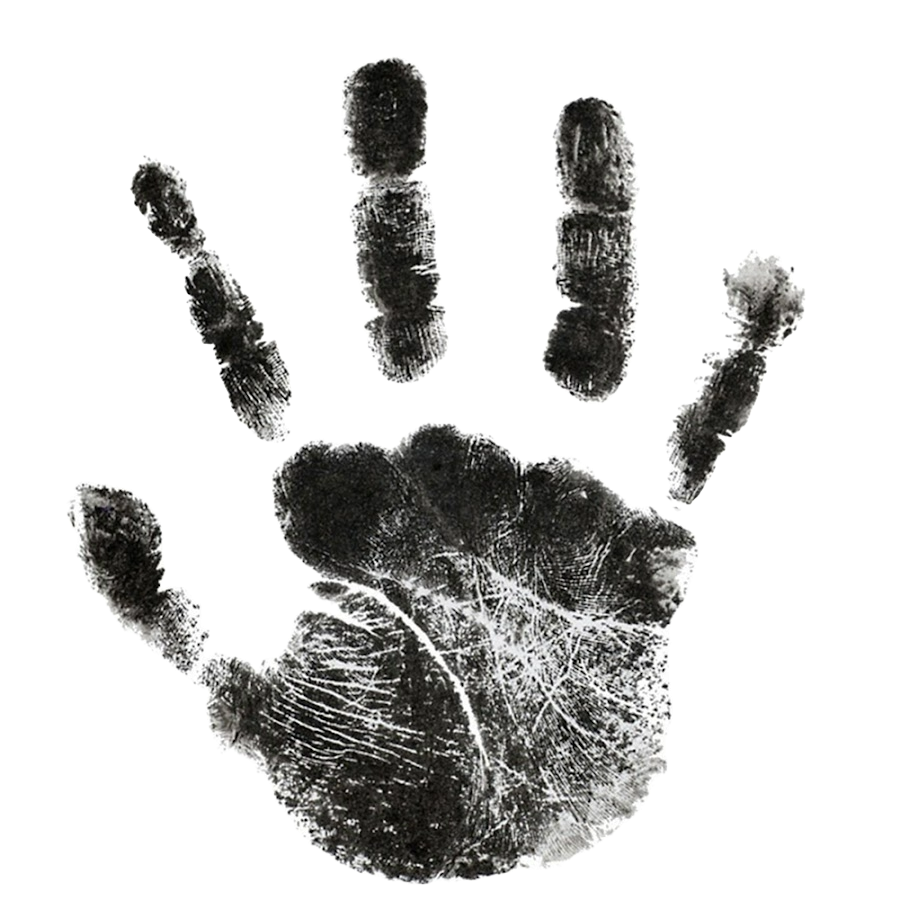
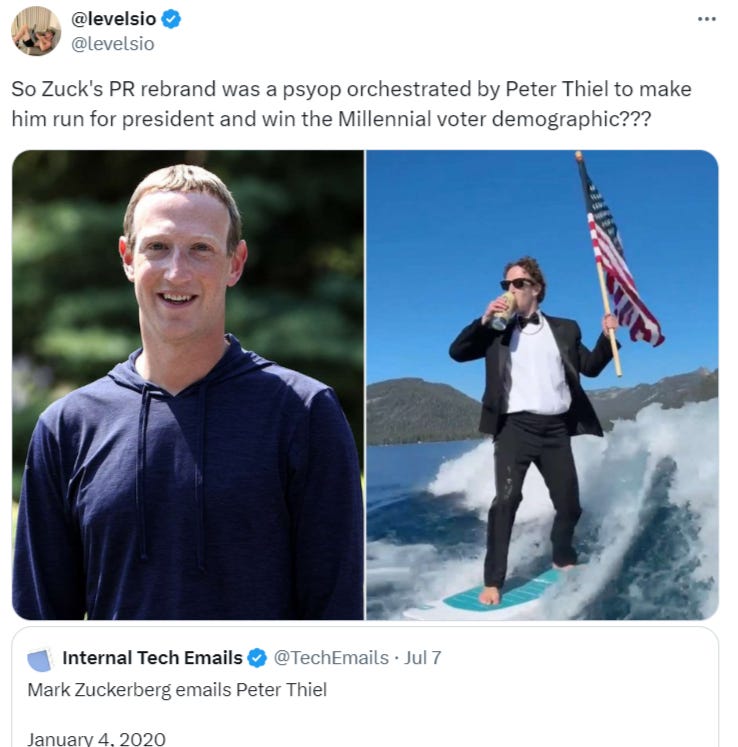
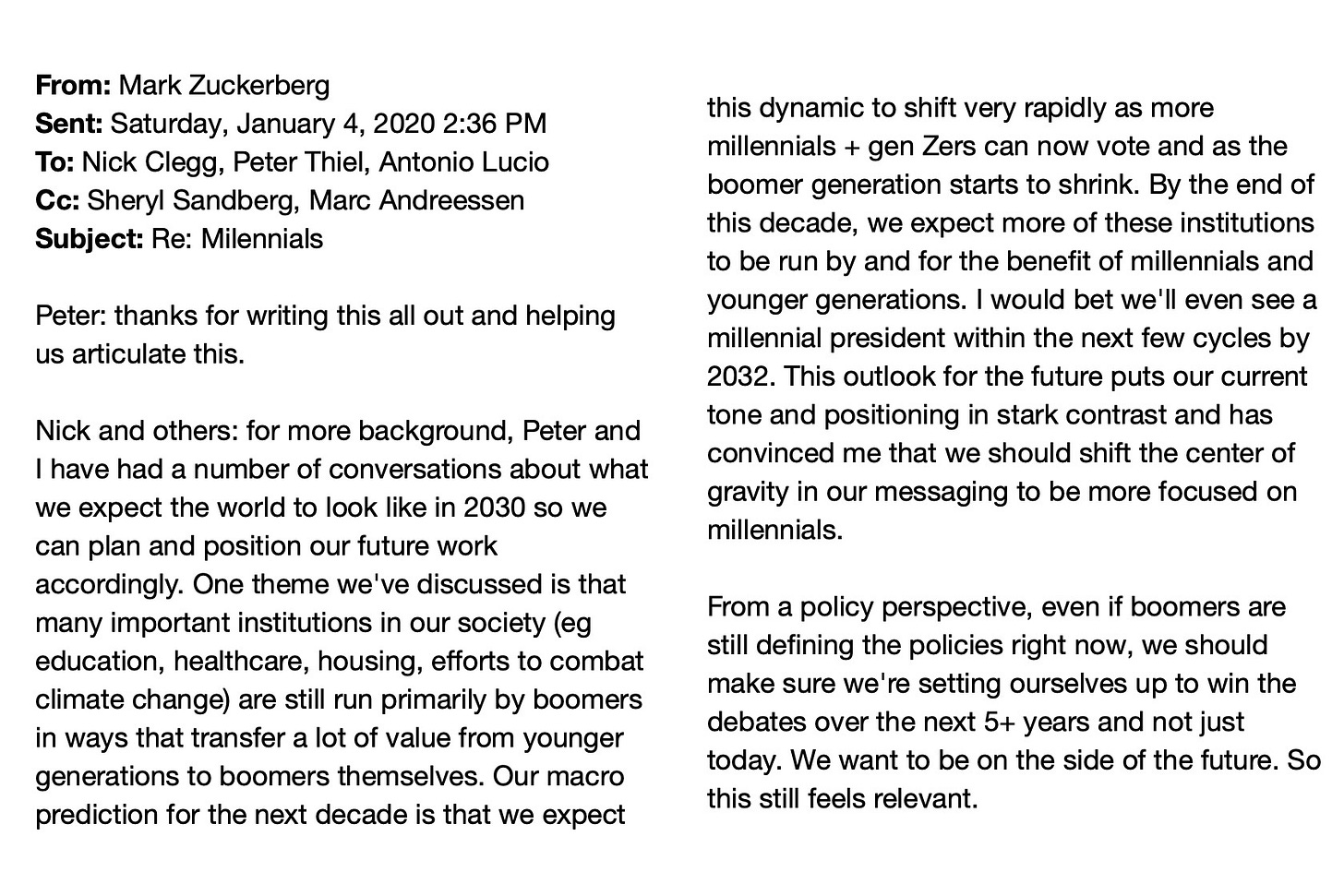
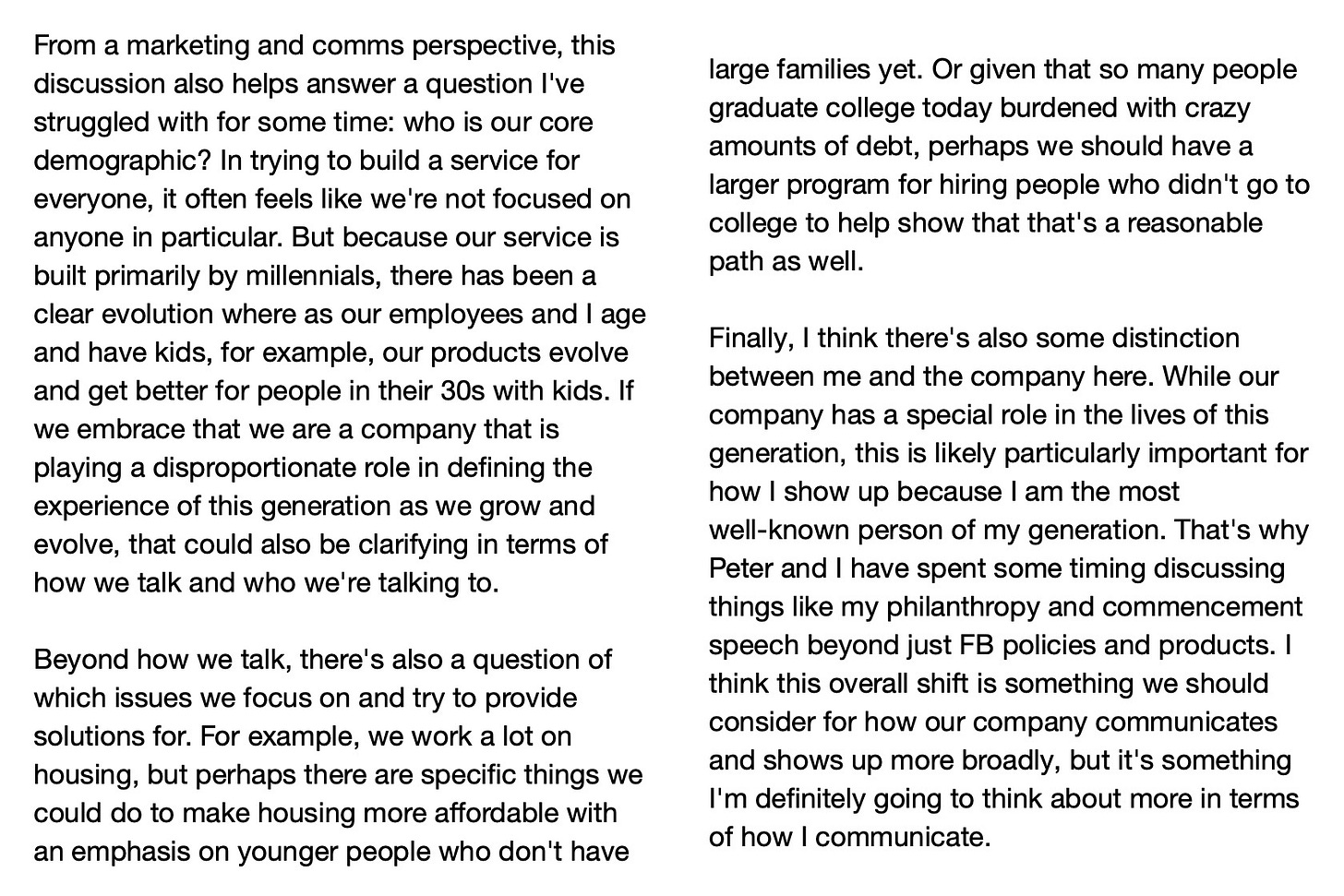
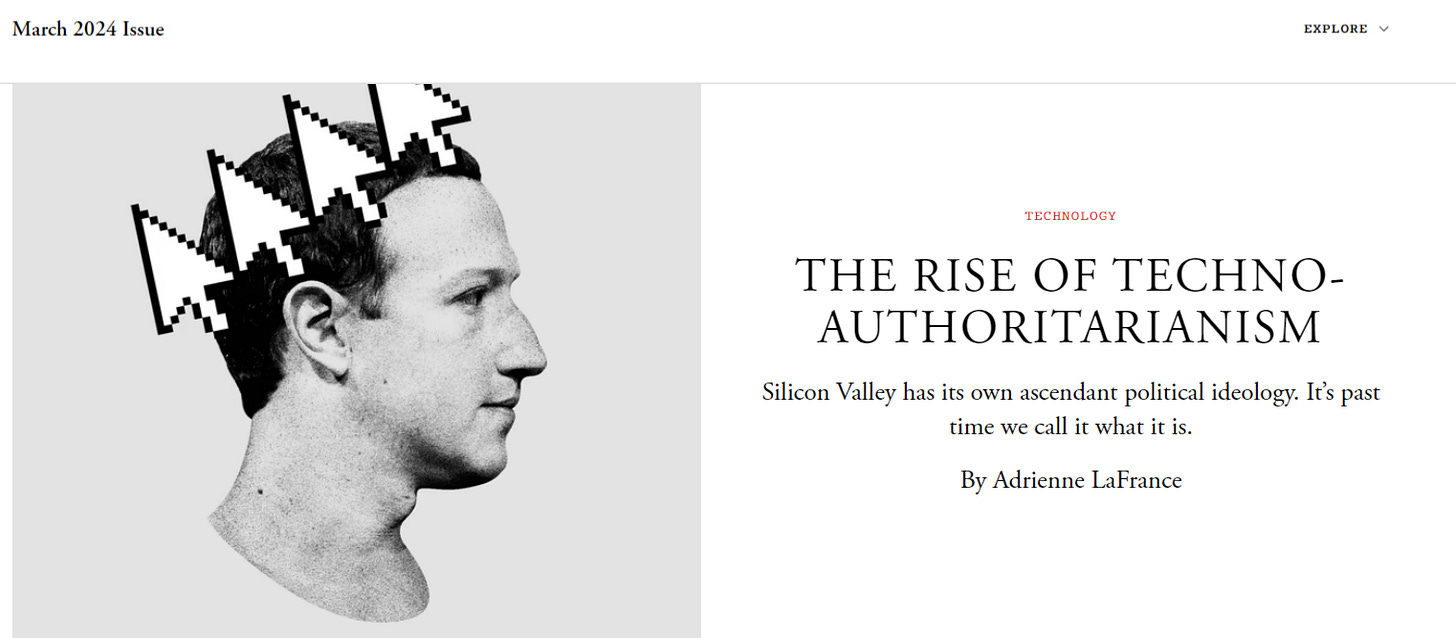


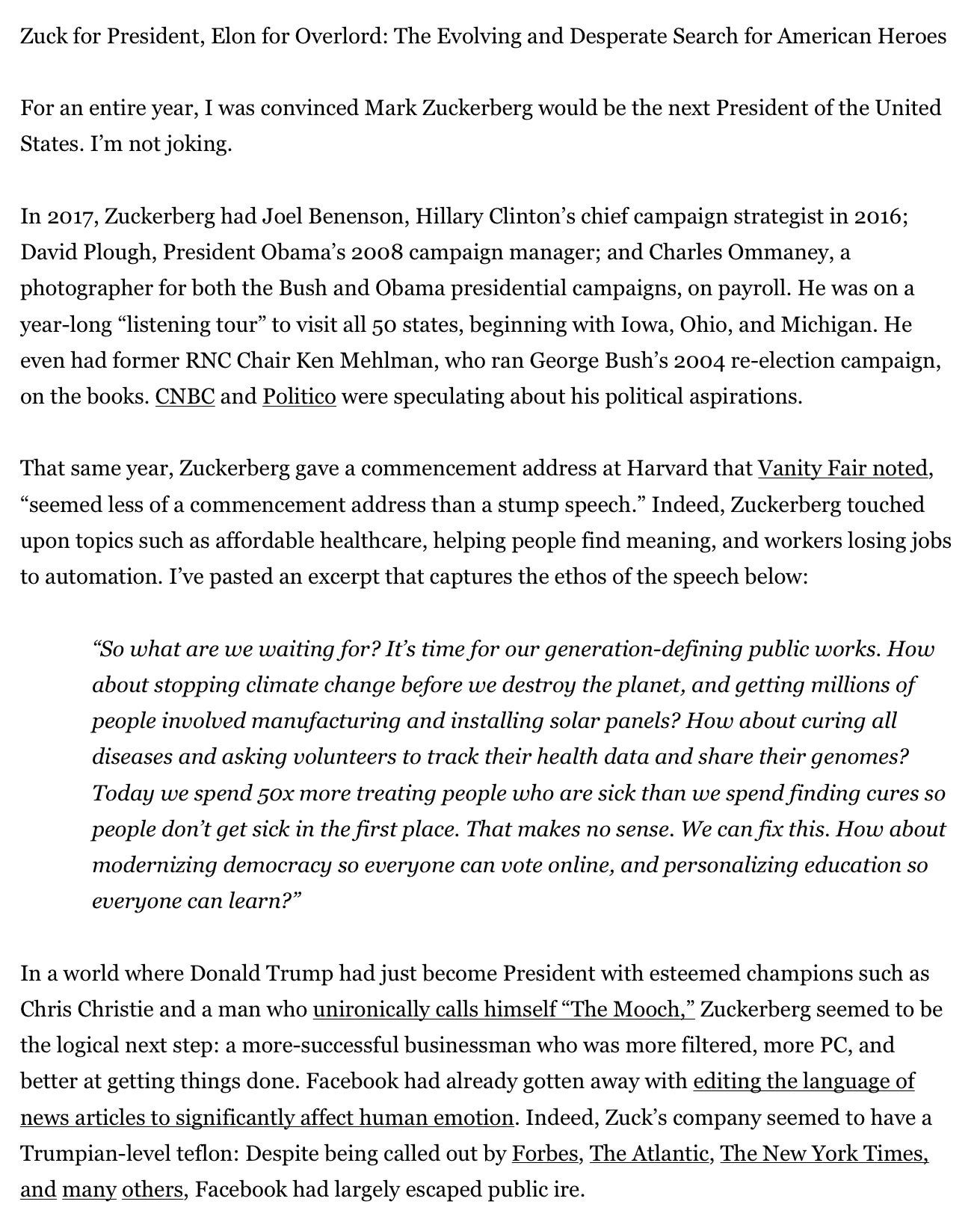

I'll agree that you made your case and made it well. However, in the final analysis, this is nothing more than a Chewbacca defense of how the deck chairs are being arranged on the Titanic.
In reality, the four turnings and all the rest are utterly useless hogwash, except as a handy framework for understanding the PAST. But what's happening now is FAR more profound, but I guess you got to be a dweeb who reads UN reports to see it.
We're not nearing the end of a 20-year cycle, we're at the end of a 12,000 year cycle. Since a handful of yahoos in Anatolia managed to do the triple lindy (use sickles to harvest the brand-new plant named Einkorn wheat, corner the obsidian market, and domesticate 12(!) female aurochs), we've been on a trajectory where the global population has been skyrocketing.
All of ancient Egypt, Greece, Rome, the rise of China, the Middle Ages, conquering the Americas, all the way to WW2 and our modern internet lifestyle, ALL of it has been predicated on a skyrocketing population rate. Every king, every emperor, everything you've ever read in a history book, all of it is because of the Anatolian "revolution."
Without constantly adding new people, you can't have: slavery, agriculture, fiat money, centralized governments, authoritarian rulers (despots, kings, et al), standing armies, superpower countries, fractional reserve banking, capitalism, nobles/elites vs peasants, secret cabals, or, of course, centralized internet platforms that gatekeep information.
Literally all of the above are predicated on adding new rubes/cattle to the Ponzi scheme called Civilization that we've only come to see as "permanent" because it's been happening non-stop over the past 12k years or so.
But all that is coming to an end, and not because of any Malthusian shit math or some conspiracy of the Club of Rome types or viruses or war or anything. It's coming to an end due to natural, organic reasons that Hans Rosling can explain better than I ever could.
No matter how high a tower is, it'll collapse when you kick out its foundation, and all of our 12k-long history is founded on a constantly expanding population (which constantly produces/consumes more resources).
But it'll all be over in about 50 years or so, and we're already feeling the effects. Shifting a billion or so migrants from Africa/Asia to Europe/Americas will only delay the inevitable. One day, really soon, we're going to be out of new people.
Just think for a minute about what that means - no need for more schools, more houses, more post offices, or more factories. No need to raze more forests to grow more food. And no more new people to rob, enslave, subjugate, or sacrifice.
There is gonna be a huge transformation, and I can't say how it will look when it's done.
But just look at the signs around us - fewer people want to work (aka do shit jobs) because they want recognition just for being themselves. And for many, this is already happening (including the author of this Substack).
Centralized forms of control of ALL kinds are disappearing, whether that's multilateral governments (like the EU or ECOWAS), the legacy media, or social media platforms. Likewise, more and more people are becoming more self-sufficient, whether that's growing their own food, generating their own power, or taking their kids out of (centralized) schools. More and more countries are opting out of centralized blocs, whether that's ECOWAS or SWIFT or NATO or you name it.
This has nothing to do with Marxist or capitalist theories or left vs right or any of that distracting nonsense. It's all predicated on the fact that, when people are no longer disposable, they can no longer be disposed of.
Even if you zoom in, you can see it everywhere you look - Israel is running out of Jews to prop up its regime. They're now resorting to drafting the ultra-religious, who have always been exempted, and at least a million Israelis have permanently decamped from the country (partly due to its economy cratering). And America is running out of bombs and bullets to give to Israel.
Either we transform into a world where autonomy and dignity for everyone becomes the natural (not enforced!) result of not having any more new disposable people OR the end-times wackos will kill us all with their nuclear weapons. I honestly hope it's the former, but considering the events of the past 24 hours, I fear it's the latter.
Cultural disaggregation is indeed occurring in the West. What is happening elsewhere in the world, indeed for 80% of the world's population, is cultural and economic rebirth. What is described is what it feels like to be in the midst of a morally, ideologically, militarily, technologically and economically declining Empire. Western capitalism and colonial dominance is crumbling. It is losing because of its own predictable excesses in the context individualism, consumerism and profit driven capitalism, and because of the rise of a disciplined, coherent, vision—common prosperity for the general population, national sovereignty among nations, and cooperation and development in the realm of trade and finance. The model and engine behind this vision is the flexible socialism of China. The future is dark for the Empire of lies, war, chaos and ruthless exploitation—and the confused populations under its sway. But for the rest of humanity things are finally, after four centuries, looking up.